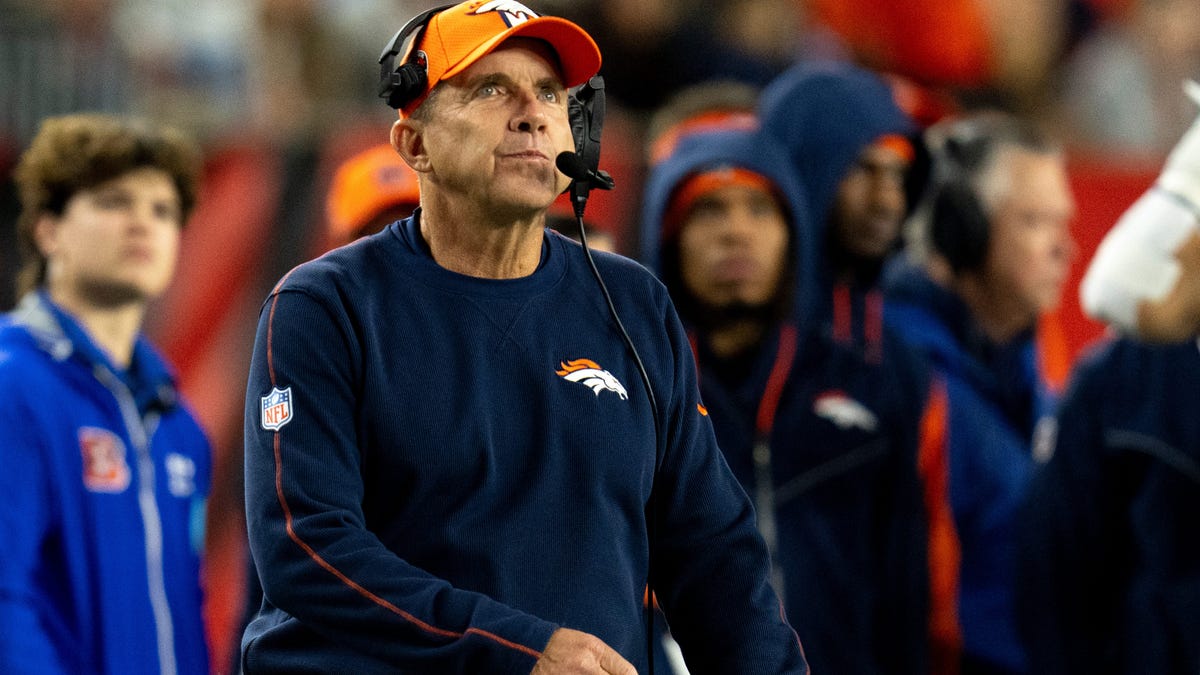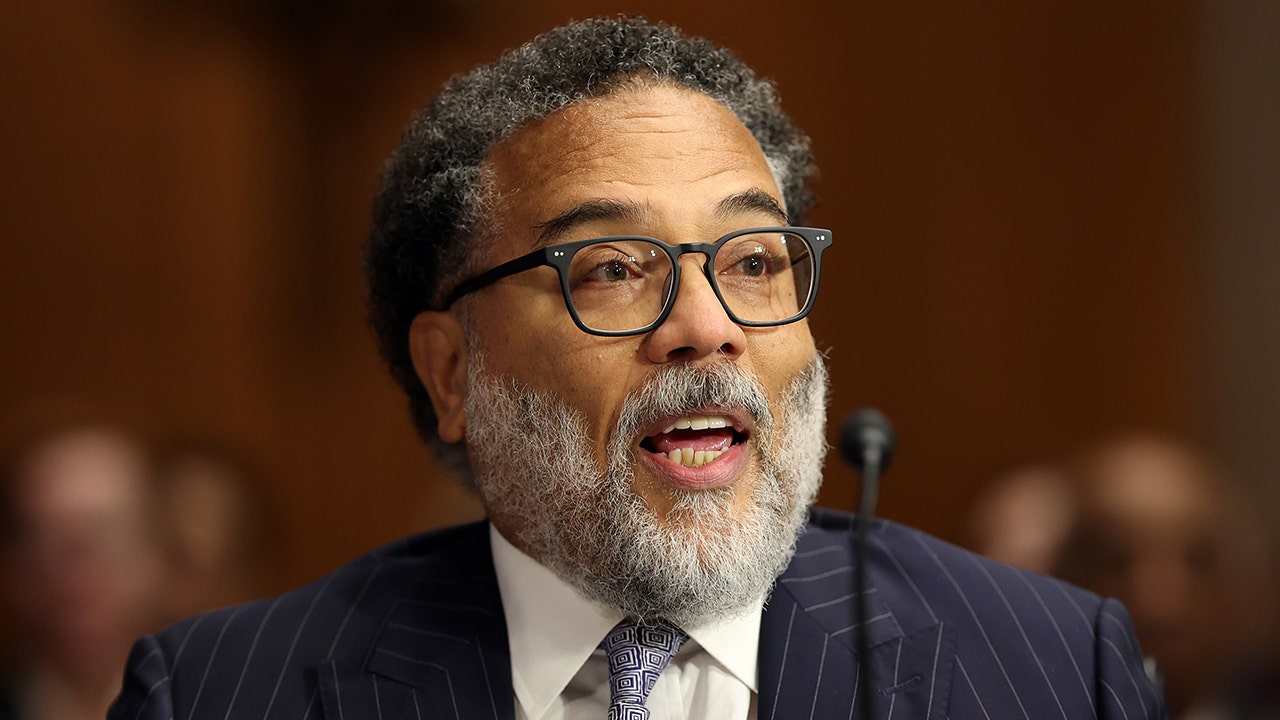Miller Hudson
Legislatures are prone to adopting policy strategies that offer the least public resistance whenever they address social or environmental challenges. Whether an initiative remedies the problem at hand ranks well behind its ease of implementation, concurrence among the noisily aggrieved and the perception a proposed intervention sounds likely to be effective.
Forty years ago, the Colorado legislature was under pressure to clean up the “brown cloud” that reduced Denver’s downtown visibility to a matter of blocks during winter months. The proffered solution was an annual requirement for emission inspections prior to vehicle-registration renewals in the metropolitan counties.
A bonus was political support for the program from auto mechanics and garages. Failing vehicles were required to pay for fuel system adjustments, which brought them into compliance with maximum emissions standards. The legislation stated these standards should not flunk more than 5% of vehicles and their subsequent maintenance was capped at $100. The program design was loaded with loopholes. Republican Rep. Mick Spano of Arvada and I amended the bill to require a follow-up study conducted by the engineering department at Colorado State University. The university produced a 400-page document that reported all was well and the inspection program a grand success. But buried deep in its statistical tables was a finding that 70% of failed vehicles returned to their original polluting condition within 30 days of their inspection.
To recap what was happening, 100% of vehicle owners were being inconvenienced to the tune of $20 and an hour or two of their time for inspections in which just 30% of the 5% that flunked were fixed. In testimony before the House Transportation Committee, Dickie Lee Hulliinghorst, who would serve as House speaker decades later but at the time was an environmental lobbyist, testified it didn’t matter whether the inspection program was effective so long as it reminded Front Range drivers their cars were polluting. I suggested it would be far cheaper if the Department of Motor Vehicles simply mailed out postcards with that warning. When engineers at the University of Denver developed roadside monitoring equipment we now see set up on entrance ramps, the Air Pollution Control Commission resisted its introduction for years. Its competing inspection stations had started lining the pockets of a vocal and bureaucratically nurtured constituency.
Stay up to speed: Sign-up for daily opinion in your inbox Monday-Friday
Mick and I received the opprobrium of many green zealots, labeling us malevolent polluters. Suffice it to say the emission inspection program has been amended in ensuing years and probably produces a marginal improvement in air quality today. However, to the best of my knowledge, no one has tested this hypothesis. The catalytic converter arrived in the early 1980s and may deserve most of the credit for dispersing the brown cloud. Jim Lents, who created the Colorado program, was recruited by Los Angeles to tackle its much larger problem.
All of which brings us to the current effort to electrify Colorado’s vehicle fleet. Our legislature is seemingly hellbent on providing incentives and subsidies designed to phase out all internal combustion engines. We are not alone in pursuing a legislative sprint toward the electrification of the transportation sector. Full disclosure: we recently purchased a hybrid SUV — a more practical solution for Colorado than a fully battery-powered vehicle. No rebates or subsidy and a premium price.
Suddenly, and somewhat unexpectedly, concerns are beginning to emerge regarding the rush to battery electric vehicles (BEV). Perhaps most interesting comes from Michael Kelly, emeritus professor of engineering at Cambridge and member of a half-dozen Royal Scientific panels. Perhaps the fact he recently retired enables him to swim against the prevailing tide. He offers the surprising comparison of electric vehicle technology with the development of the Concorde — the failed European supersonic airliner. It proved too expensive, too costly and never captured a market that would sustain it. He predicts the same fate for electric cars.
“Over the last decade and more, billions of dollars have been invested in the (technology) by commercial car makers around the world, often with Government subsidies as sweeteners. Most of the early BEV sales were to wealthy people,” Kelly notes. The American Institute for Economic Research also points out that, “…tax credits and other subsidies benefit the well-to-do and are paid for by people who are less financially well off.”
The Canadian government found 90% of these tax benefits have flowed to the richest 20% of households. Several years ago, when Rep. Matt Gray, chair of the Colorado House Transportation Committee, was proposing to enlarge the subsidy for BEV purchasers, I asked him whether he believed individuals who could afford to pay $70,000 for a new car really needed larger rebates? He grinned and countered, “We have to create a healthy market for EVs.” Mandating a set percentage of vehicles sold in Colorado to be EVs in coming decades will further distort the marketplace delaying the day when the cost of EVs become competitive with internal combustion vehicles. The best way to assure this change is to progressively phase out artificial subsidies.
Families won’t purchase vehicles they can’t afford. I personally hope EVs prosper and replace fossil fuel engines, but if they remain a luxury item — consider Cuba. The island hasn’t imported American cars for 60 years due to political sanctions, yet their classic, nifty-50 coupes are still running just fine with diligent maintenance. When benefits remain less than costs, only the rich profit from subsidies. Sadly, they’ve made Elon Musk the richest man in the world at everyone’s expense.
Miller Hudson is a public affairs consultant and a former Colorado legislator.
































